Yes, All Chickens Can Lay Eggs
All female chickens (hens) are capable of laying eggs, but not all chickens will lay eggs consistently. Chickens are domesticated birds that are kept by people all over the world for their eggs, meat, and feathers. Chickens are a type of poultry and are related to other birds such as ducks, geese, and turkeys.
There are many different breeds of chickens, and each breed has its own unique characteristics. Some breeds are known for their egg-laying abilities, while others are bred for their meat or for their feathers.
Chickens start laying eggs when they reach sexual maturity, which can occur at around 4 to 5 months of age for most breeds. However, individual chickens within a breed may have differences in egg-laying ability, and some chickens may lay more eggs than others.
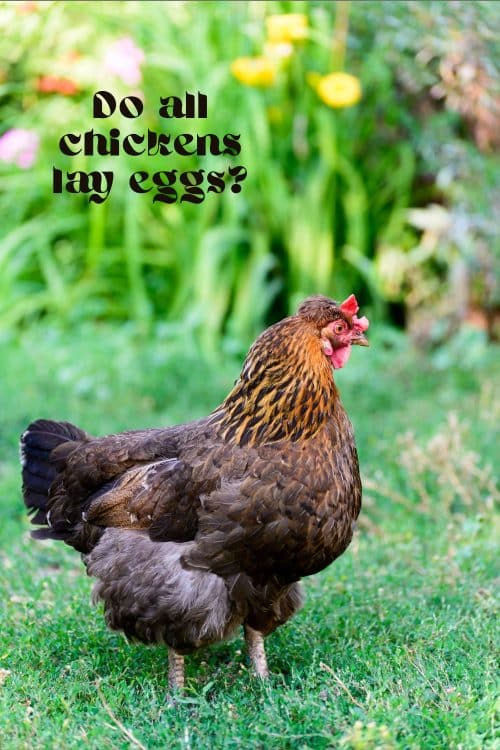
Factors That Impact Egg Laying
- Age
- Diet
- Healthy
- Hours of daylight
- Chickens will lay more eggs when they are healthy and well-fed, and they will lay fewer eggs as they get older.
In addition, chickens need access to a source of light in order to lay eggs, as the length of daylight affects their egg-laying cycle. Chickens will also lay fewer eggs during the winter months when there is less daylight.
There are several things that can be done to encourage chickens to lay more eggs. Providing a balanced diet that includes plenty of protein and calcium can help to increase egg production.
Ensuring that chickens have access to clean, fresh water at all times is also important for their health and egg production. Providing a comfortable and safe environment for chickens to live in, such as a coop or chicken run, can also help to increase egg production.
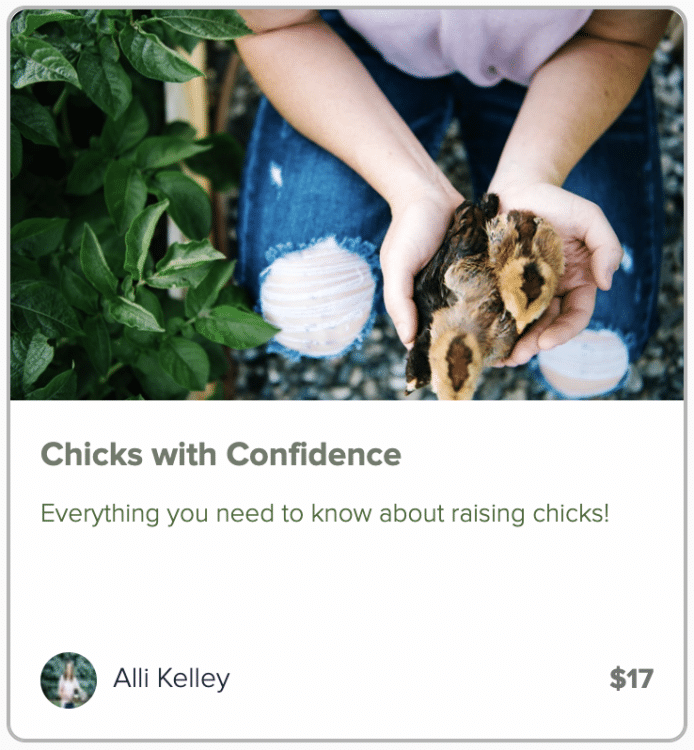
Looking for more in-depth chicken-keeping information? Take my course, Chicks with Confidence!
Chicks with Confidence is a straight to the point, fact based digital course that walks you through exactly what you need to get raising your baby chicks without breaking the bank or causing you to panic everytime they make a weird sounding peep!
Laying Chicken Breeds
Laying hens are chickens that are bred and kept specifically for their egg-laying abilities. There are many different breeds of laying hens suitable for backyard flocks, each with its own unique characteristics. Some common breeds of laying hens include the Leghorn, Rhode Island Red, and Sussex.
The White Leghorn is a popular breed of laying hen that is known for its high egg production.
- Leghorns are small, active birds that are native to Italy.
- They are white in color and have a distinctive crest of feathers on their head.
- Leghorns are very efficient at converting feed into eggs, and they can lay up to 280 eggs per year.
- They are also hardy birds that can withstand hot weather, making them well-suited to warmer climates.
- Leghorns lay white eggs.
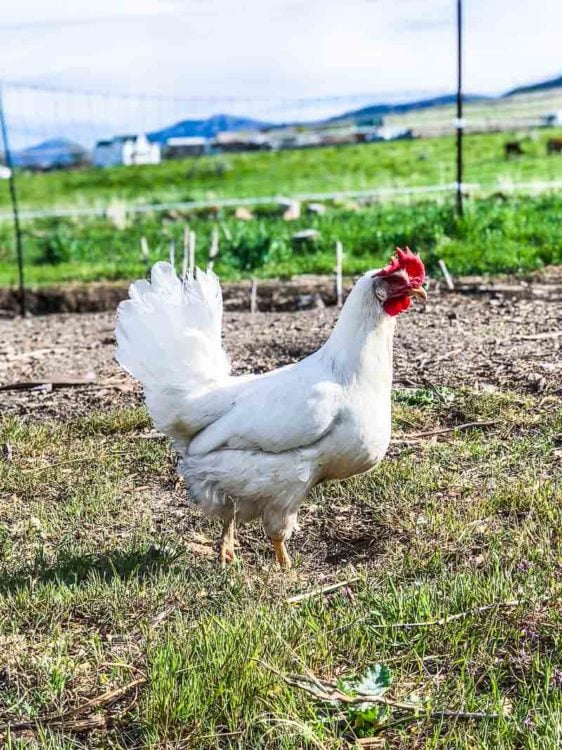
The Rhode Island Red is another popular breed of laying hen.
- They are larger birds with reddish-brown feathers and a single comb on their head.
- Rhode Island Reds are known for their good egg-laying abilities and can lay up to 250 eggs per year.
- They are also hardy birds that are resistant to many common chicken diseases.
- Rhode Island Reds lay brown eggs
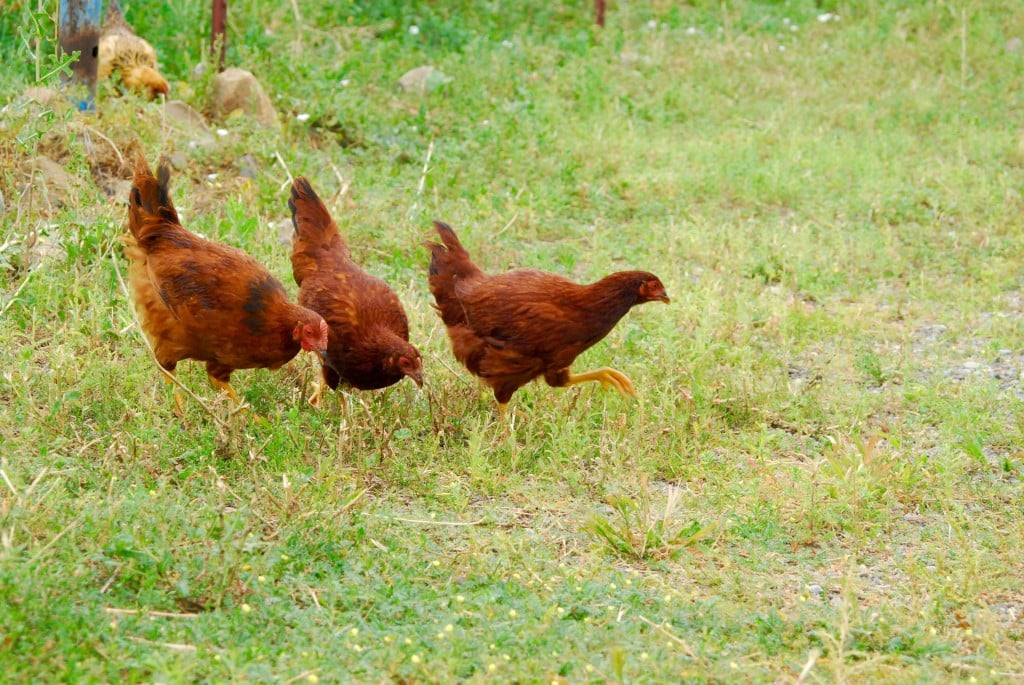
The Sussex is a dual-purpose breed of chicken that is known for both its egg-laying abilities and its meat production.
- Sussex chickens are medium to large in size.
- Their feathers come in a variety of colors including light, dark, and speckled.
- They are docile birds that are easy to handle, and they are known for their friendly disposition.
- Sussex chickens can lay up to 250 eggs per year.
- Cream to light brown.
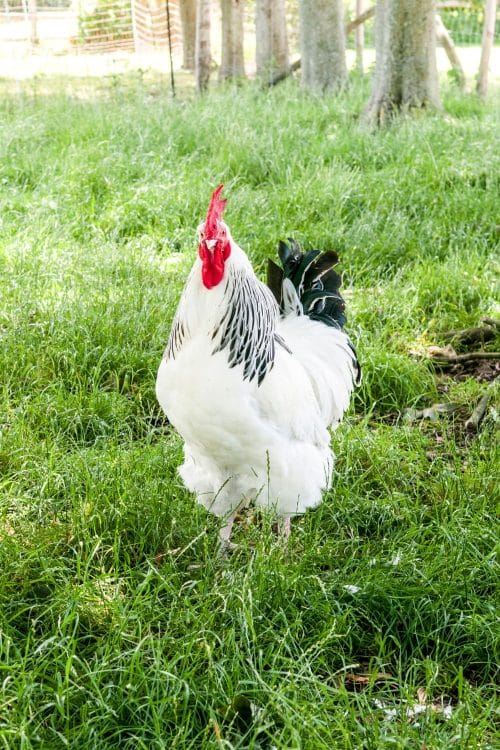
The Plymouth Barred Rock is a dual-purpose breed of chicken that is known for both its egg-laying abilities and its meat production.
- Plymouth Rocks are known for their good egg-laying abilities and can lay up to 200 eggs per year.
- They are a dual-purpose breed that is also well-suited for meat production.
- Plymouth Rocks have distinct white and black striped patterns on their feathers.
- Plymouth Rocks lay light brown eggs.
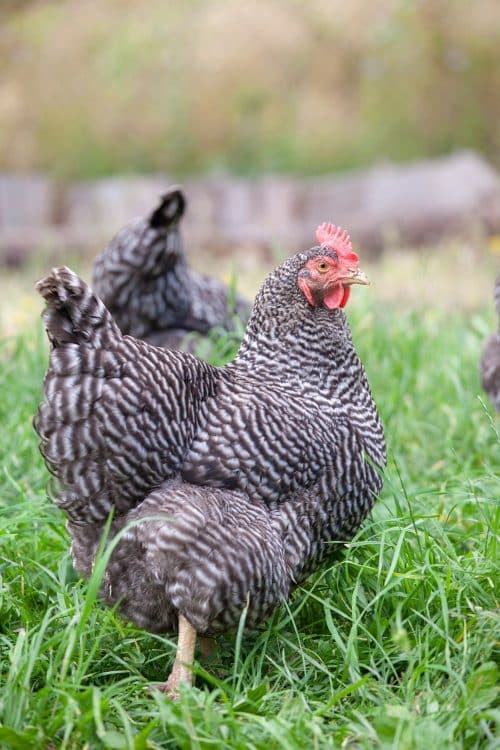
Australorp is another popular breed of laying hen.
- Australorps are a black breed of chicken.
- They are known for their good egg-laying abilities and can lay up to 250 eggs per year.
- Australorps lay cream-colored eggs.
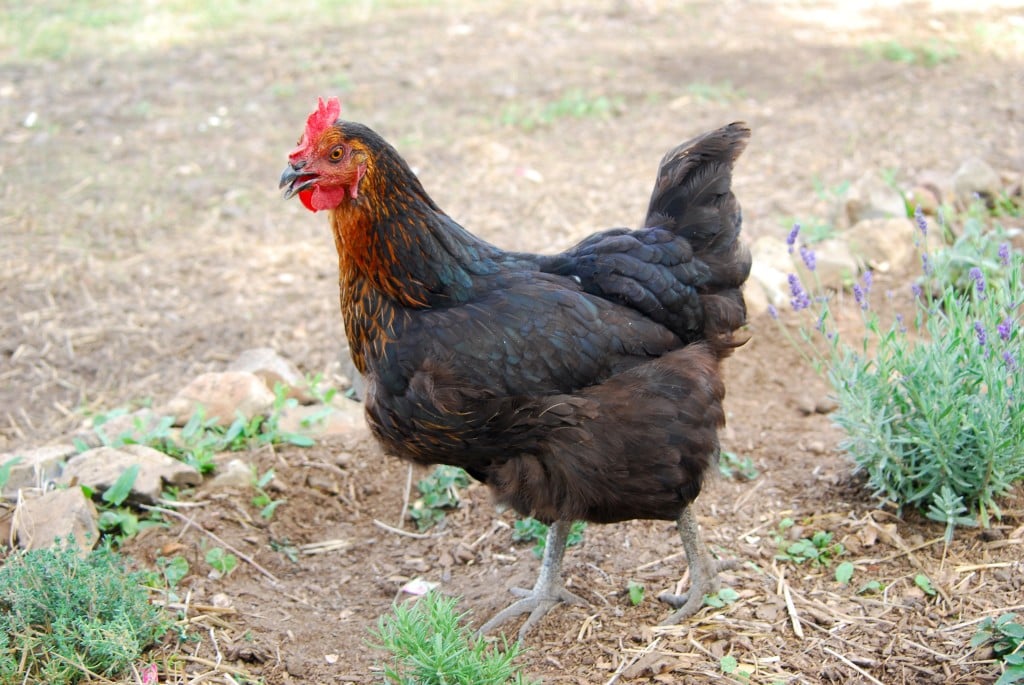
Marans are a dual-purpose breed of chicken that is known for both its egg-laying abilities and its meat production.
- Marans are a French breed of chicken that have black feathers tinted with iridescent colors.
- They are known for their dark brown eggs and can lay up to 200 eggs per year.
- Some breeds of Marans have feathers down their legs.
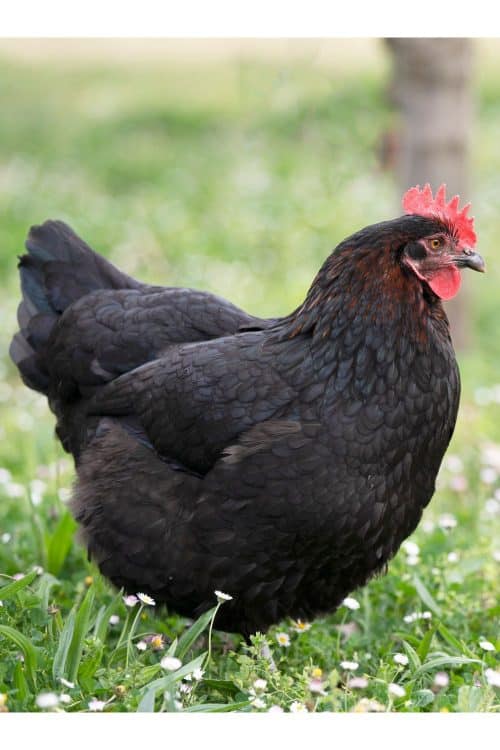
Easter Eggers are a mixed breed of chicken sometimes mistaken for Ameraucana’s. They aren’t the same, however, as Ameraucana are purebred chickens.
- Easter eggers come in a variety of colors and are distinguished by small combs and puffy cheeks.
- They lay a range of green to blue eggs.
- They are moderately productive chickens and lay up to 200 eggs per year.
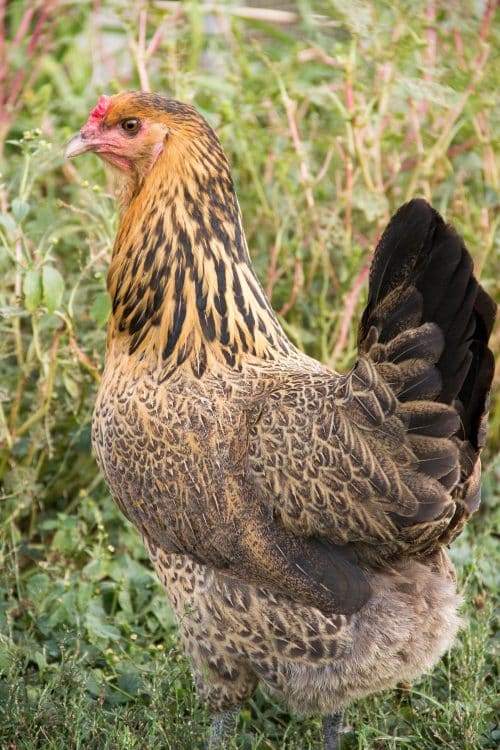

Looking for more in-depth chicken-keeping information? Take my course, Chicks with Confidence!
Chicks with Confidence is a straight to the point, fact based digital course that walks you through exactly what you need to get raising your baby chicks without breaking the bank or causing you to panic everytime they make a weird sounding peep!
What impacts egg size?
There are several factors that can affect the size of a hen’s eggs. One of the main factors is the breed of the hen. Different breeds of chickens can produce eggs of different sizes, with some breeds laying larger eggs and others laying smaller eggs. Age can also be a factor, as hens tend to lay larger eggs as they get older.
Diet and nutrition can also play a role in the size of a hen’s eggs. Hens that have their nutritional needs met by being fed a balanced diet will tend to lay larger eggs than hens that are undernourished or have poor nutrition. Similarly, hens that have access to plenty of clean, fresh water will tend to lay larger eggs than hens that do not have access to sufficient water.
Proper Hen Nutrition
- Professionally balanced layer feeds with a minimum of 16% protein. If the feed has any less protein, it will not be enough for the hen to stay healthy and lay eggs.
- Oyster shells for calcium or an alternative calcium source that is 98% calcium.
- Proper nutrition supports the hen as she lays eggs and maintains her body health, like growing new feathers.
Hens that are stressed or under environmental stress, such as extreme heat or cold, may lay eggs that are smaller in size or will lay eggs with abnormalities.
Additionally, the time of year can affect the size of a hen’s eggs. Hens tend to lay larger eggs in the spring and summer when the days are longer, and they lay smaller eggs in the fall and winter when the days are shorter.
Overall, the size of a hen’s eggs is determined by a combination of genetics, age, diet, and environmental factors.
While it is not possible to control all of these factors, providing hens with a healthy diet with enough calcium, and a comfortable living environment can help to ensure healthy hens that maintain maximum egg production.
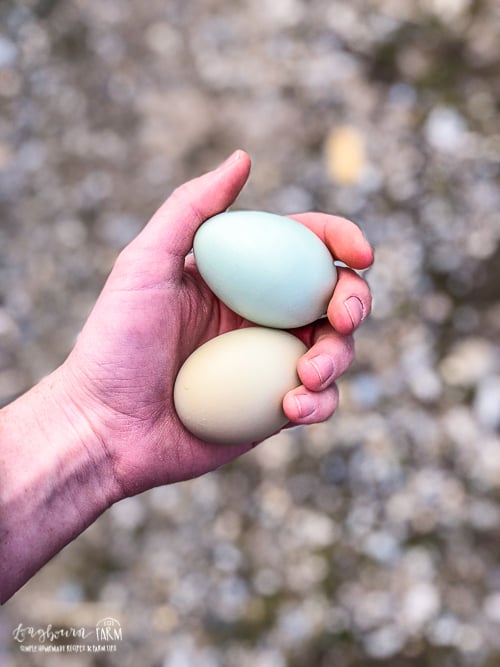
How does daylight impact laying?
Daylight hours play an important role in the egg-laying habits of laying hens. Chickens are sensitive to changes in the length of daylight and use this as a cue to start or stop laying eggs.
In general, hens will lay more eggs when the days are longer in the summer months, and they will lay fewer eggs when the days are shorter, not necessarily because the weather is colder.
This is because the hormone that controls egg production in chickens, called prolactin, is sensitive to changes in daylight. When the days are longer, there is more prolactin produced, which stimulates the ovaries to produce eggs.
When the days are shorter, there is less prolactin produced, which reduces egg production. The optimal amount of daylight for a hen is 14-16 hours of light.
It is important to provide laying hens with a source of light in order to maintain their egg-laying cycle. This can be natural light or artificial lighting. During the winter months when the days are shorter, it may be necessary to provide hens with additional light in order to maintain their egg production.
In addition to the length of daylight, the intensity of light can also affect a hen’s egg production. Hens need a certain amount of light intensity in order to lay eggs, and if the light intensity is too low, it can disrupt their egg-laying cycle.
Overall, the amount of daylight that laying hens receive is an important factor in their egg-laying habits. Providing hens with a source of light and maintaining a consistent light schedule can help to ensure that they lay eggs consistently.
Chickens start laying eggs when they reach sexual maturity, which can occur at around 4 to 5 months of age for most breeds. However, the age at which a chicken starts laying eggs can vary depending on the breed. Some breeds may start laying eggs earlier or later than others.
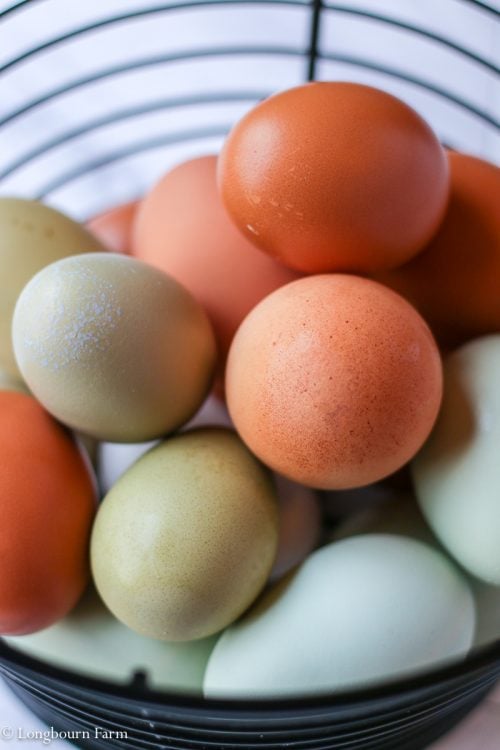
The onset of egg production is also influenced by other factors such as diet, health, and the environment. Chickens that are well-fed and receive a balanced diet, and are kept in a comfortable and safe environment, will tend to start laying eggs earlier than chickens that are not well cared for.
Just because chickens free range doesn’t mean they are well cared for or have their nutritional needs met. Free-range chickens also need to be managed. Chickens housed in a chicken coop can also be healthy and happy.
It is important to note that not all chickens will lay eggs consistently. Some chickens may lay eggs more regularly than others, and individual chickens may also have differences in egg-laying ability. Factors such as age, diet, and health can also affect a chicken’s egg-laying habits.
In general, however, chickens will start laying eggs when they reach sexual maturity and will continue to lay eggs as long as they are healthy and well-fed. Providing chickens with the right care and conditions can help to encourage them to lay eggs consistently.

Looking for more in-depth chicken-keeping information? Take my course, Chicks with Confidence!
Chicks with Confidence is a straight to the point, fact based digital course that walks you through exactly what you need to get raising your baby chicks without breaking the bank or causing you to panic everytime they make a weird sounding peep!
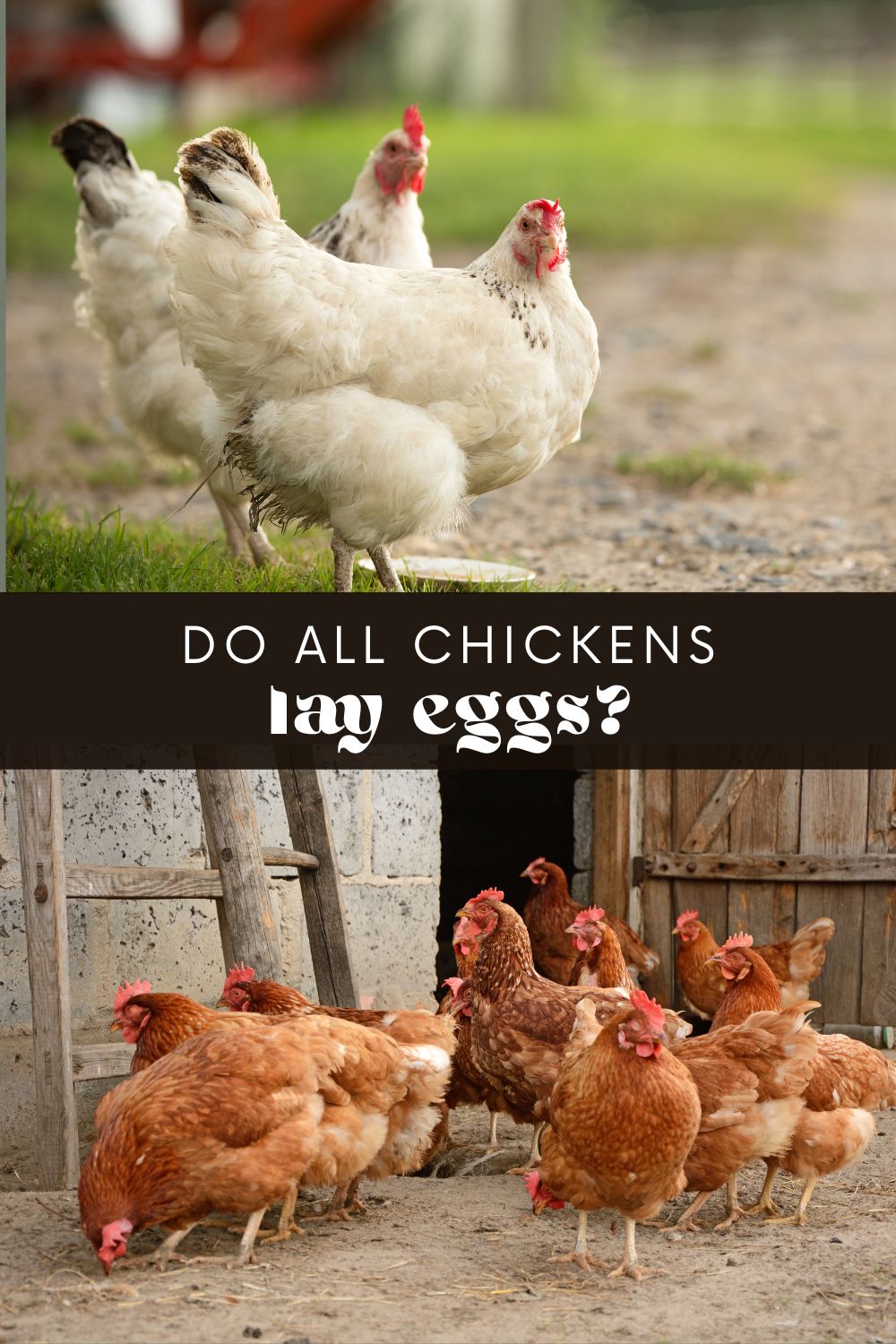
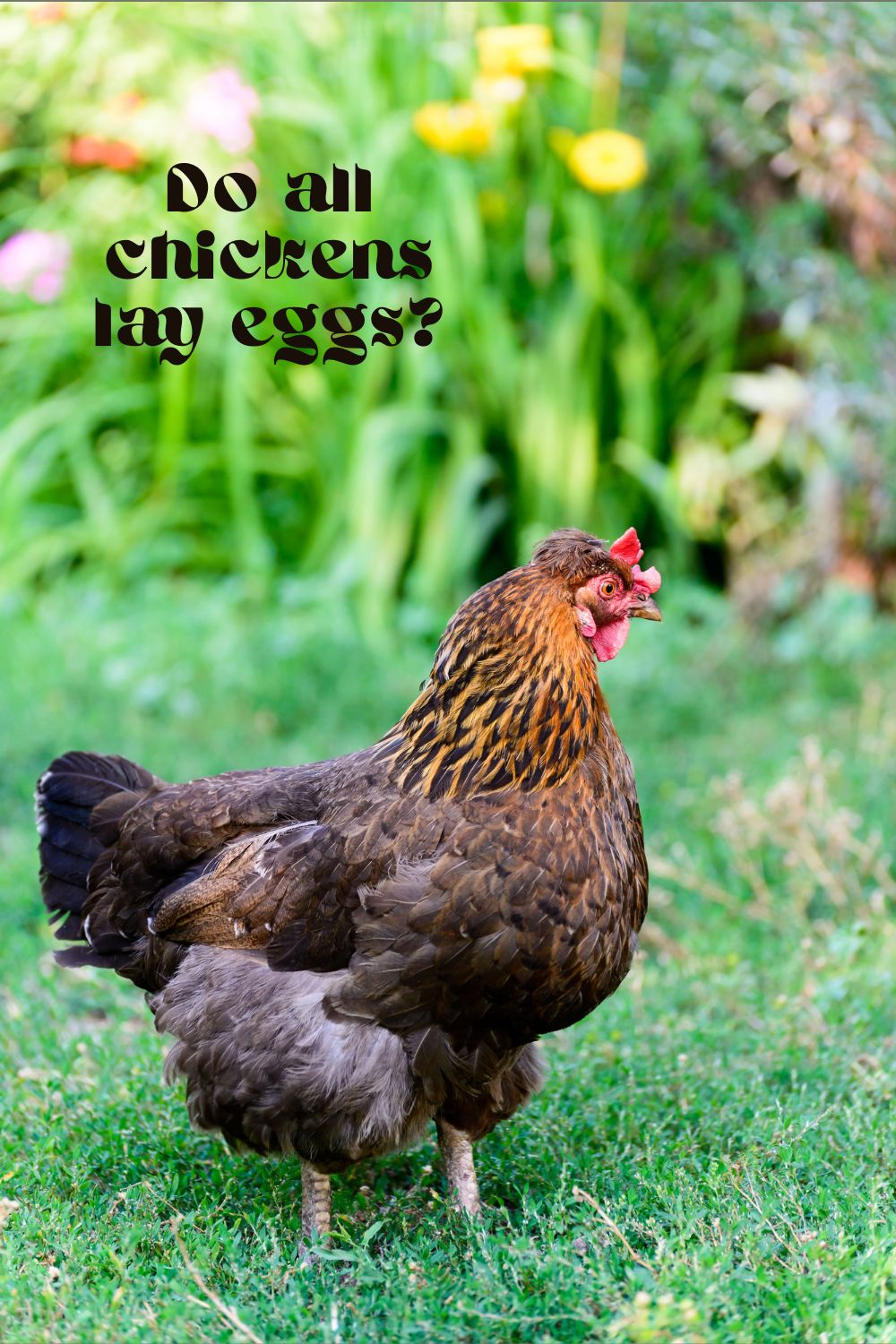
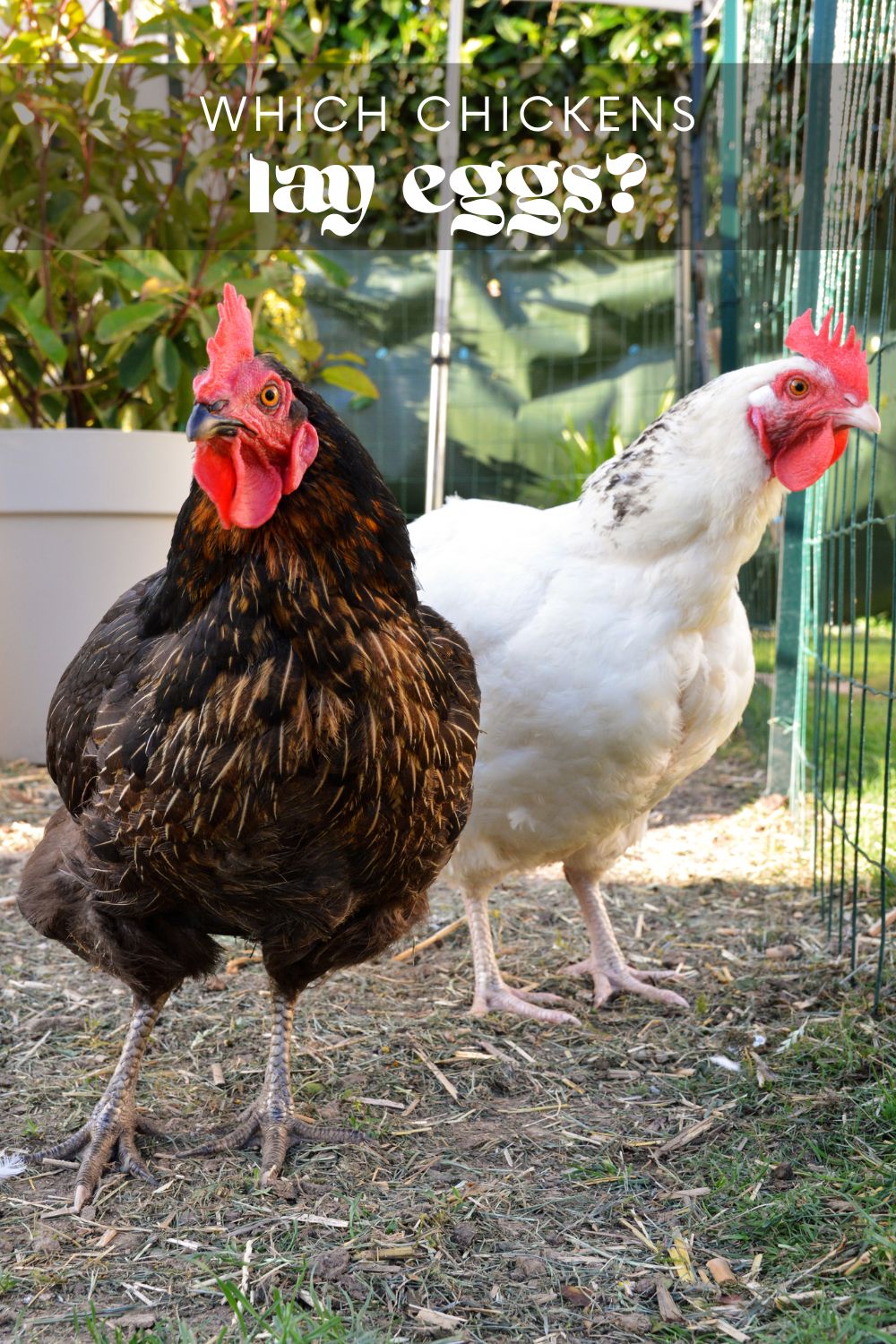
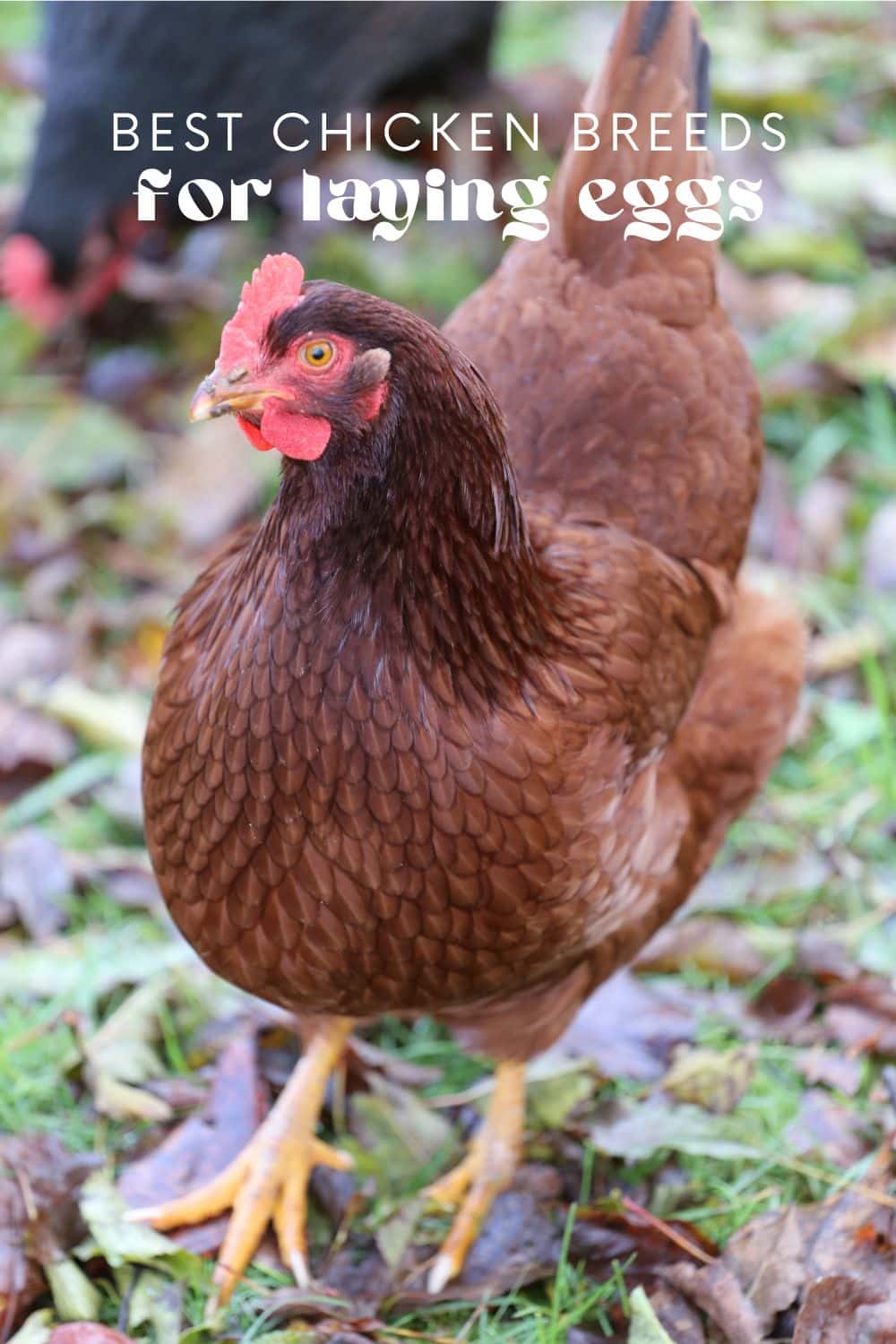





Penny Nibbelin says
You failed to tell people that the egg shell is very soft when they lay the egg.
That comes as a surprise to a lot of people.